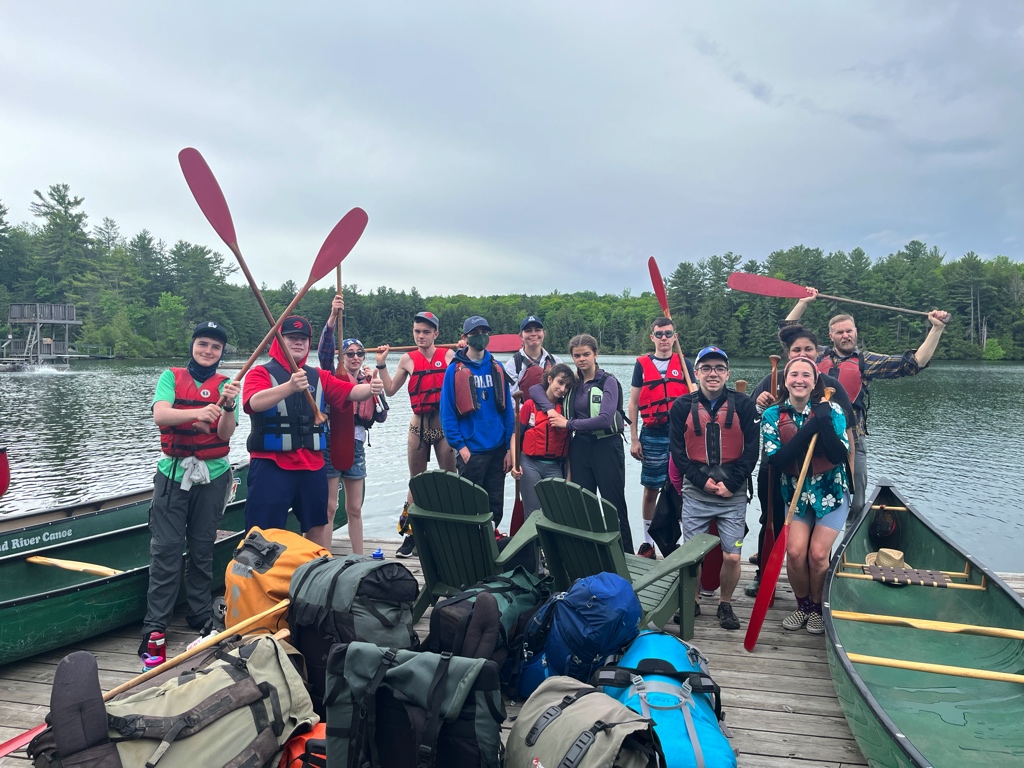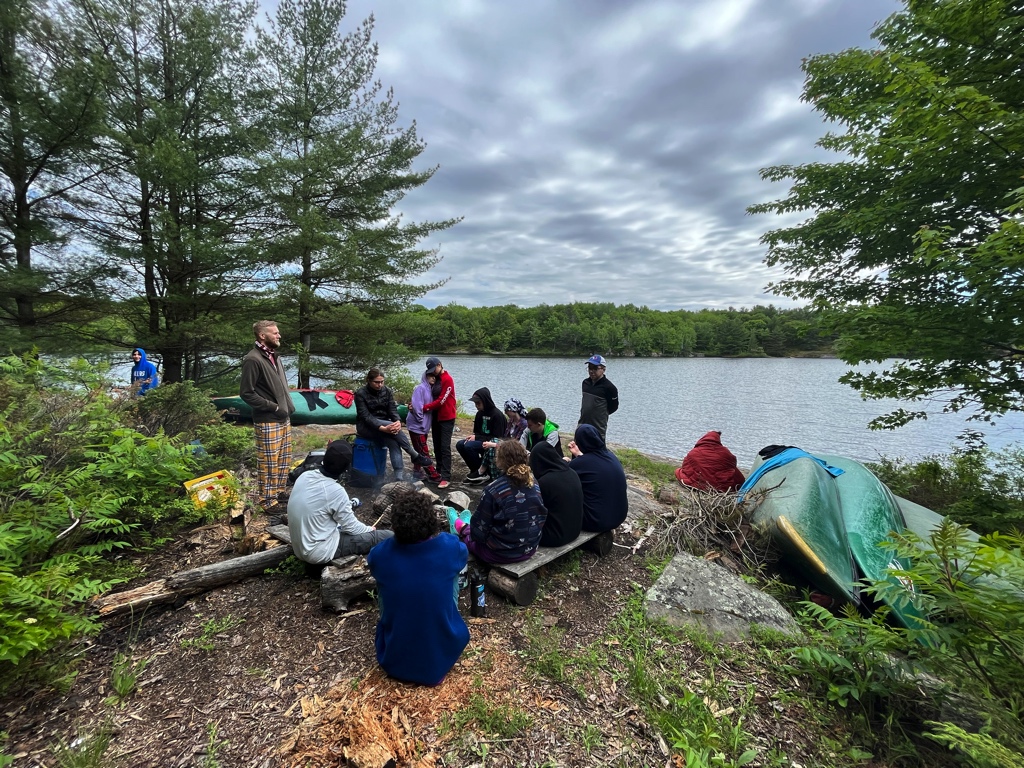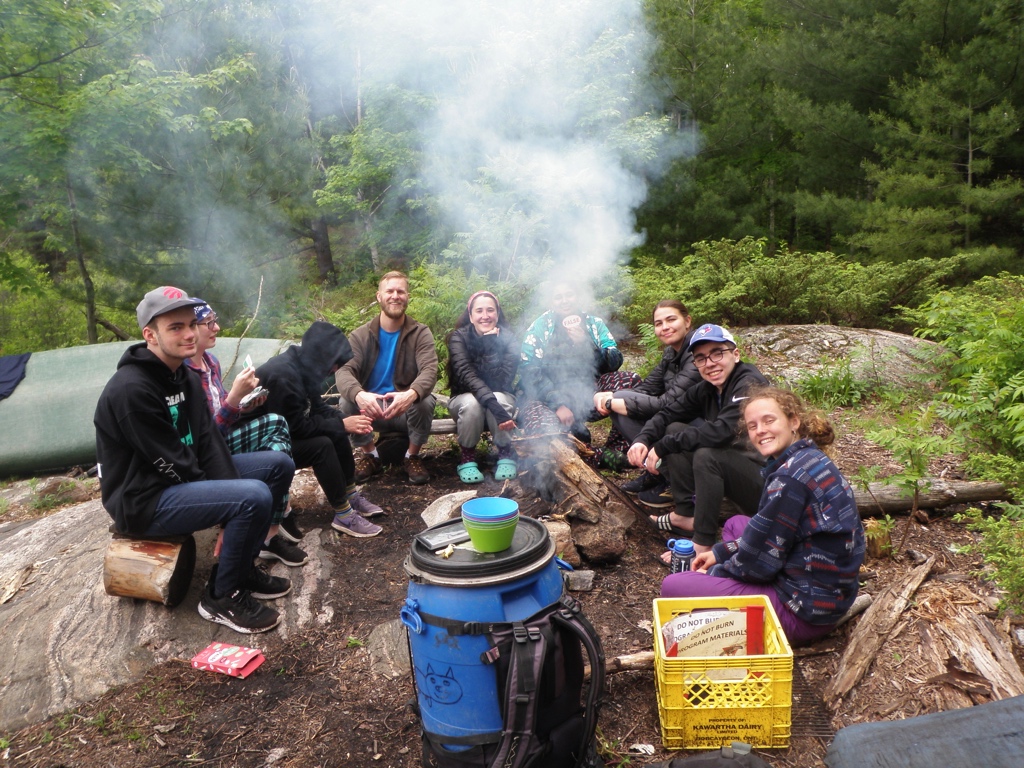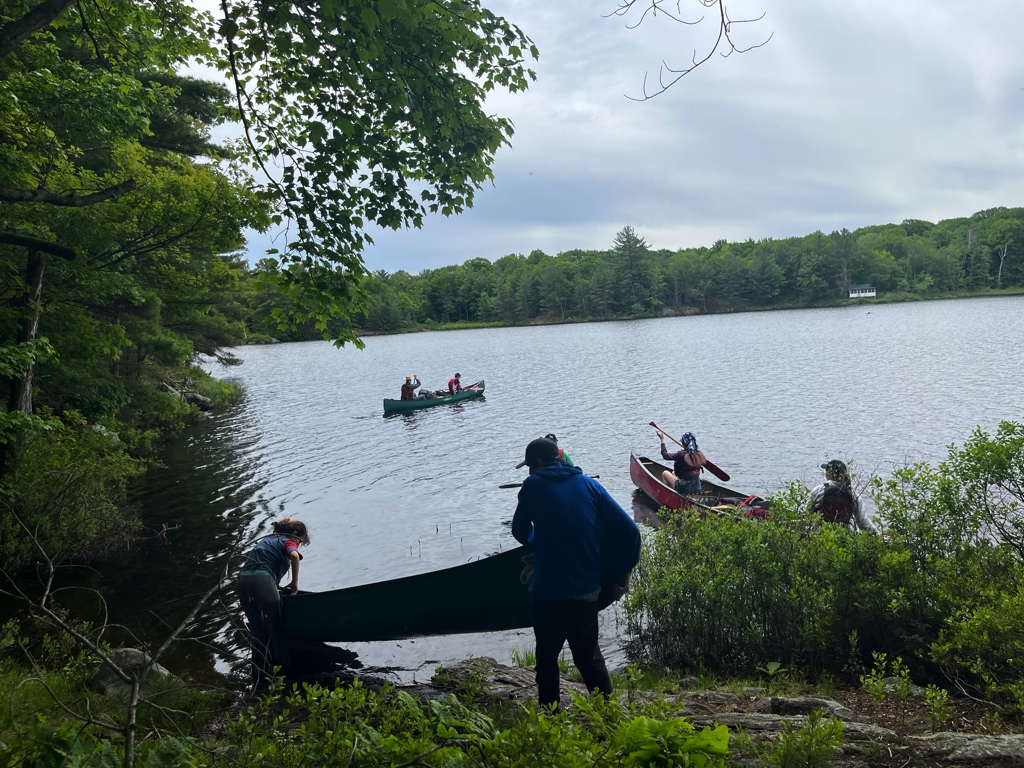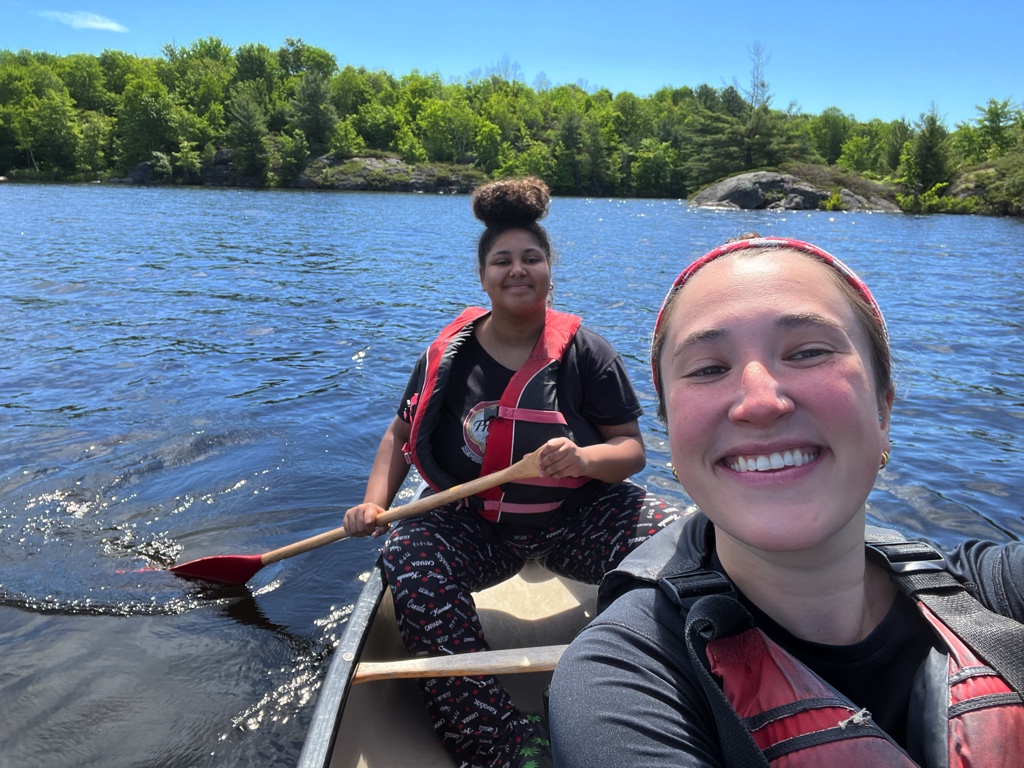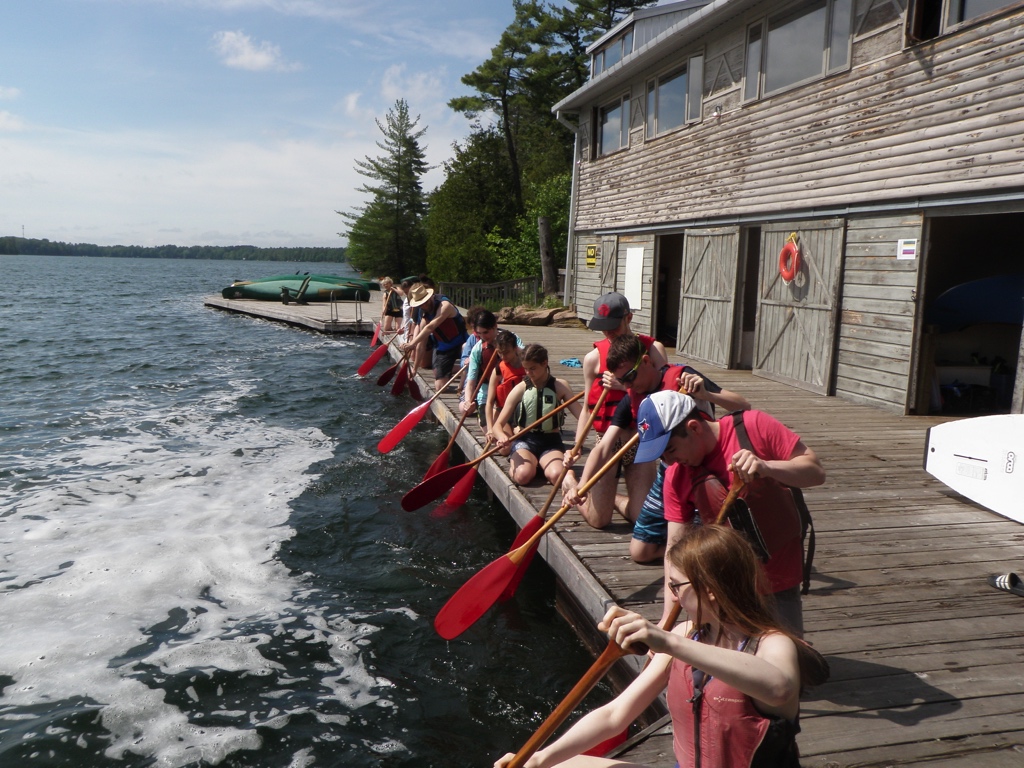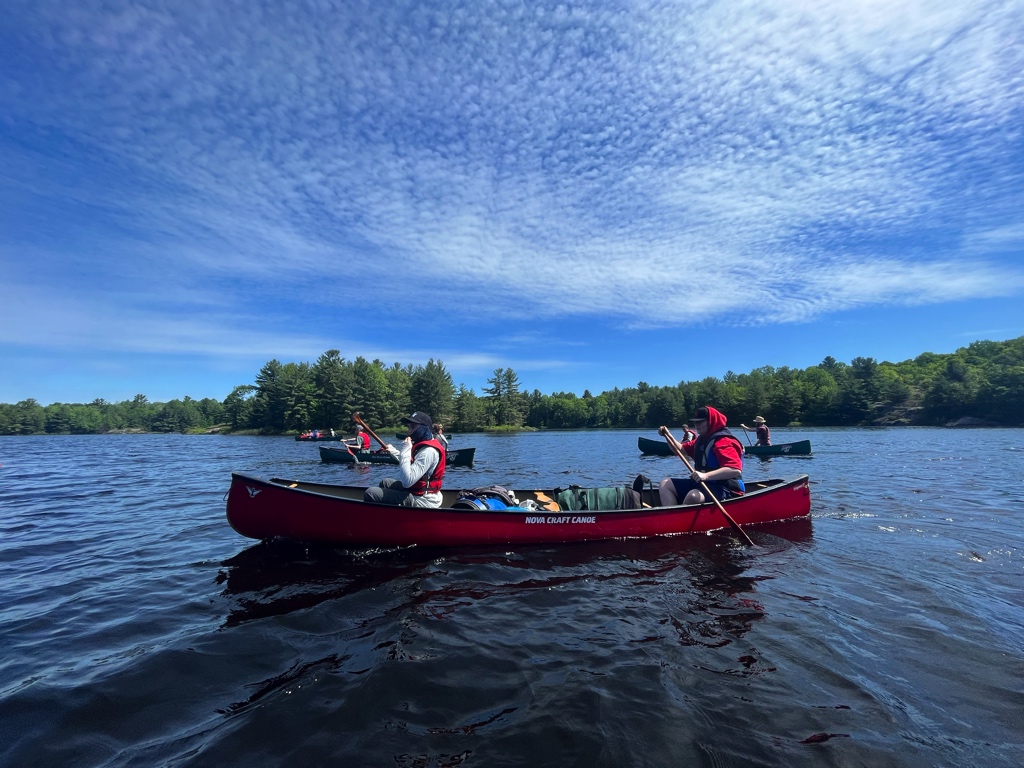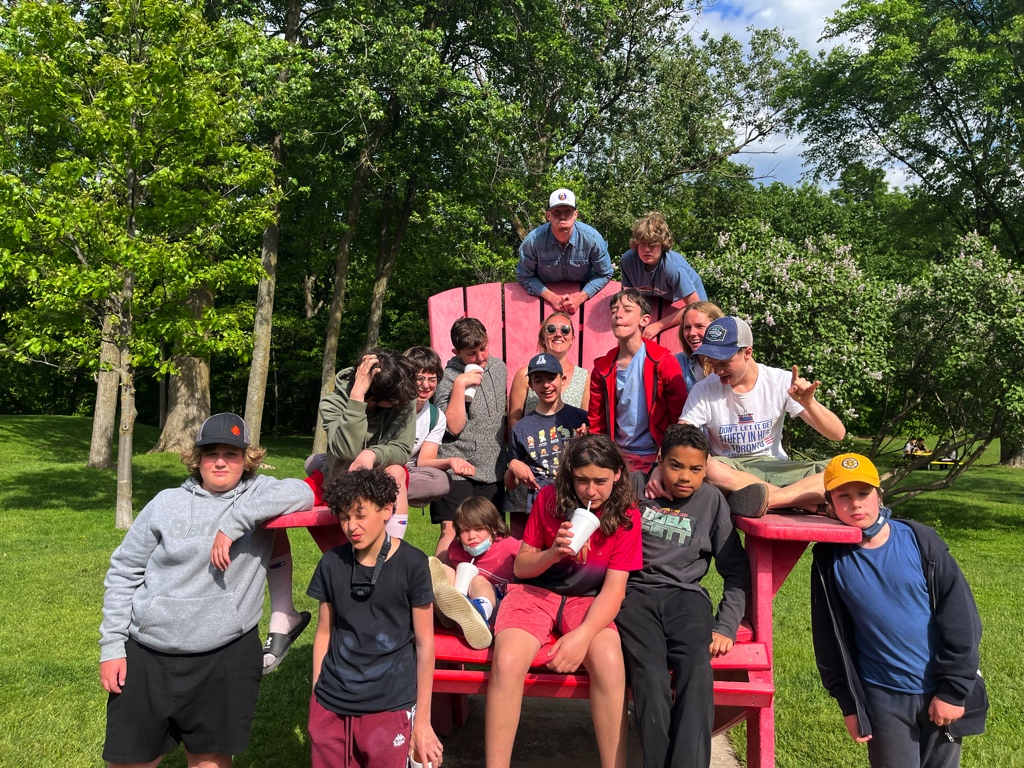Last semester, the students of the Grade 11 Politics in Action class at YMCA Academy took on a new role as journalists and news anchors. They headed a project in which they produce an audio Newscast every two weeks in an effort to inform and entertain their fellow students. Stories ranged from upcoming school events, to the weather, to interviews with members of the community.
From brainstorming the content, conducting research, drafting the scripts, recording the segments, and editing the audio files, the grade 11 Politics in Action class put in the work to bring upcoming events, sports, weather, and news to their peers.
One of the installments of Student Newscast included an interview with the then interim Head of School, Steve Saunders. Student Newsroom connected classes to the school, and the school to the world of political change around them.
The last installment of Student Newsroom included a feature piece on National Day for Truth and Reconciliation, and the school’s Orange Shirt Day assembly.


















